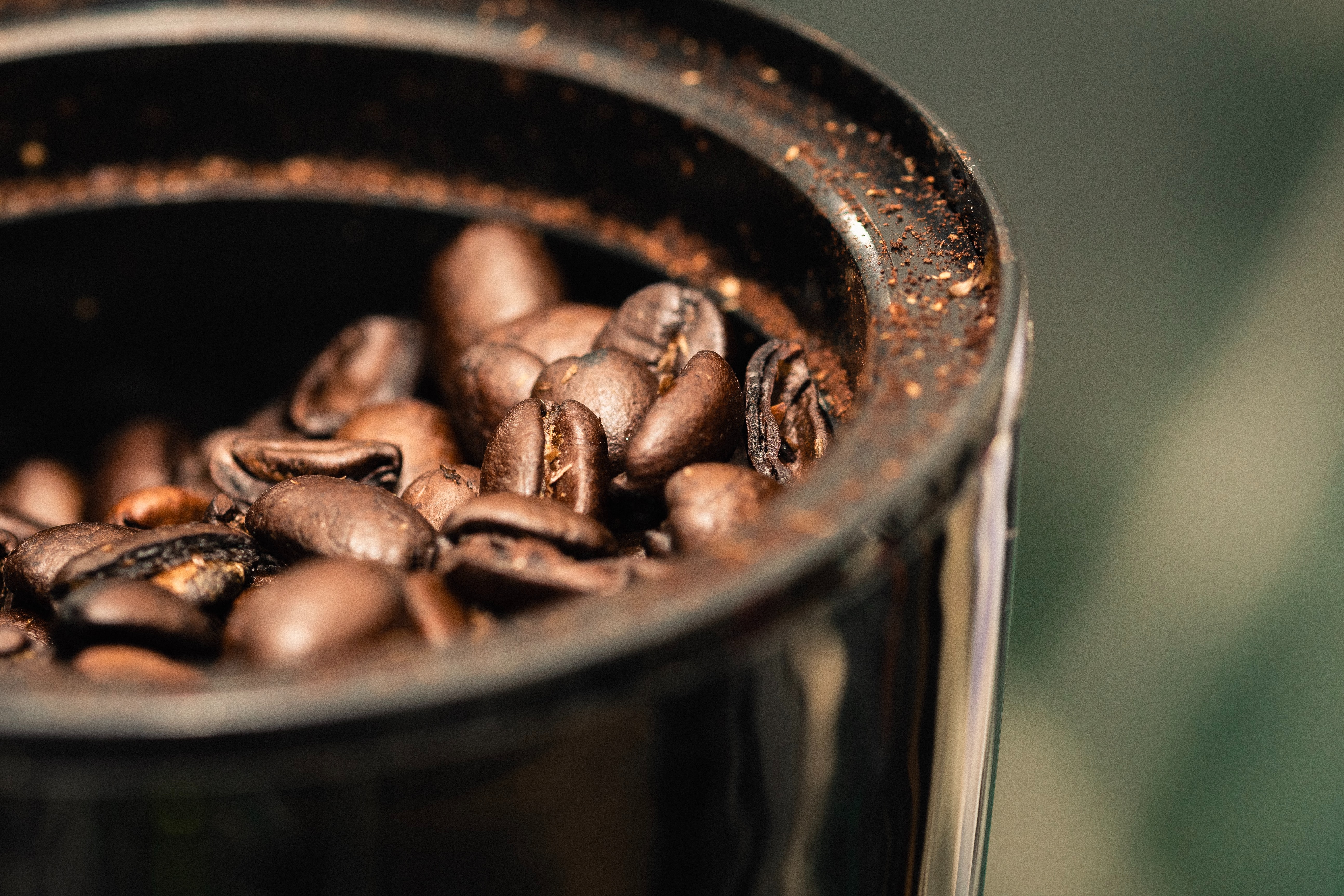If you’re just starting to venture into coffee brewing or simply exploring the best barista and brewing methods for the perfect cup of coffee, it will be important to factor in the coffee grind size.
Depending on the coffee you are trying to create - french press, cold brew or espresso - the coffee grind size will matter. From coarse to fine, and everything in between, grinding coffee has a lot of significance to the final flavour and texture.
What’s the best way to grind coffee?
Blade grinders, burr grinders and food blenders have all been known to crush the coffee but with varying results. The major differences between them being control, consistency and cost.
You can pick up a food processor or blade grinder for relatively cheap. However, you will often be left with inconsistent results, depending on how many coffee beans you put in and the length of the bursts you perform to grind them.
For quality control and accuracy, a burr grinder would be your best option. You can set the control to the specific grind size you require for the quantity of coffee you choose.
Why grind your own coffee?
Grinding coffee beans is recommended for optimum freshness and flavour. As soon as coffee beans come into contact with oxygen, they begin to lose flavour. Therefore, choosing to purchase freshly roasted beans and then grind them as and when you require a coffee will give you the strongest chance of a beautiful brew.
A further reason to grind coffee at home is so that you can control your grind size. If you buy pre ground coffee, not only has it begun to lose its freshness but it tends to be of one texture only. Grinding your owb coffee allows for more experimentation of specific flavours and styles of coffee.
How fine should you grind coffee?
This is all related to your desired results:
1. Extra Coarse Coffee Grind
You ought to still see the original shape of parts of the coffee bean and is suited to cold brew style coffee.
2. Coarse Coffee Grind
In this scenario, you’re looking for a texture similar to that of sea (rock) salt granules - even chunks. This coffee grind size is useful for coffee cupping and French press.
3. Medium-Coarse Coffee Grind
The grind size here wants to be somewhere between rock salt and normal salt, slightly rough to the touch and still visibly coarse.
4. Medium Coffee Grind
Typically, this is the most common coffee grind size you will find. It’s texture is smoother than that of sand and great for drip coffee makers.
5. Fine Coffee Grind
This finely ground coffee is almost powder-like. It’s very smooth and will be the sort you find in pre-ground bags of coffee, ideal for espresso makers.
6. Extra Fine Coffee Grind
Similar to the texture of flour, extra fine ground coffee is created for the likes of a ‘Turkish coffee’.
Why does coffee grind size matter?
The coffee grind size can influence the eventual texture and flavour of your coffee. If you want to brew brilliant coffee, the grind size and extraction can be the difference between beautiful and bland.
As you can imagine, different styles of coffee have different style filters. As a result, the grind size can move through a filter’s perforations causing a mirky, overly textured coffee or it can take much longer to brew.
The extraction process is the route of water through the coffee grounds and its ability to pick up flavour and caffeine. The size of the grind will determine the speed (path of least resistance) of the water flow through the coffee and how long it may take to extract, ultimately impacting the final outcome.
What is under-extraction?
The under extraction of coffee is when water passes through the coffee grounds but does not pick up, or collect, enough of what’s good about coffee. The wrong filter or temperature of the water can contribute to this but the biggest factor will be that the coffee grounds are too coarse. This makes the path of the water less resistant and results in a weak and bland coffee flavour which is dominated by acidic, salty or sour notes.
What is over extraction?
Over extracted coffee does the opposite to the above. The ground coffee is that fine, it becomes compact and the water struggles to pass through it. In doing so, it collects too much of the coffee’s qualities, leaving it bitter and dry to the taste.

